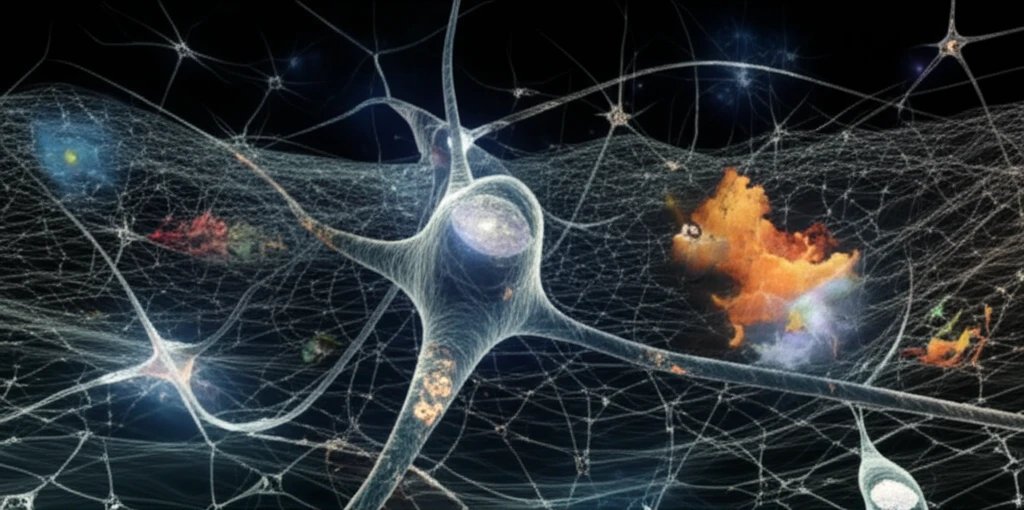
Brain Trauma Breakthrough: How Vitronectin Impacts Neuronal Recovery
"Discover the crucial role of vitronectin in supporting neurite growth after brain injury, and why IGF treatments might not be the answer we expected."
Traumatic brain injuries (TBIs) trigger a complex cascade of biological events, and among these, the insulin-like growth factor (IGF) surges dramatically in the cortex. Scientists have long suspected that this IGF boost could play a pivotal role in neural recovery, promoting plasticity and overall neurotrophic activity. However, the exact mechanisms through which IGF operates post-TBI have remained shrouded in mystery.
Recent studies have illuminated the importance of vitronectin (VN), an extracellular matrix (ECM) molecule, in IGF-mediated cellular growth and migration. Considering that VN levels tend to decrease following a TBI, researchers have begun to question whether this reduction impairs the potential benefits of IGF. If VN, like a scaffold, is diminished, can IGF effectively aid in the rebuilding process?
To investigate this, a team of neuroscientists explored whether vitronectin, alongside IGF-1 and IGF binding protein 2 (IGFBP-2), could enhance neurite growth—the development of new projections from neurons that are crucial for recovery. By culturing hippocampal neurons with and without vitronectin and exposing some cultures to controlled trauma, they sought to uncover how these factors interact in both normal and injury scenarios.
Vitronectin: A Key to Neurite Growth?

The study meticulously examined how hippocampal neurons behaved on vitronectin-coated surfaces versus standard substrates. The results were compelling: neurons cultured on vitronectin exhibited a notably stronger growth pattern than those on control substrates. This suggests that vitronectin provides a more supportive environment for neurite development, potentially acting as a structural aid that neurons can readily adhere to and extend upon.
- Neuronal Polarization: It was hypothesized that IGF-1/IGFBP-2 might contribute to the polarization of neurons, essentially causing them to mature more rapidly and reduce the overall density of neurites. Polarization is a process where neurons differentiate to form axons and dendrites, specializing their functions.
- Growth Measurement Considerations: The researchers measured neurite growth as the number of neurites per area. Thus, if neurons were growing longer individual neurites rather than more neurites, this could lead to a lower density.
- Interaction Complexities: The balance between IGF-1, IGFBP-2, and vitronectin might be more complex than initially understood. The binding affinities and downstream effects could vary based on the specific conditions following trauma.
Implications and Future Directions
The study’s conclusions open new avenues for research into brain trauma recovery. While vitronectin appears to be a valuable asset in promoting neurite growth, the complexities surrounding IGF-1/IGFBP-2 highlight the need for more nuanced approaches in treatment strategies. Future research could explore how to optimize vitronectin's effects or investigate other molecular pathways that synergistically enhance neuronal repair.
